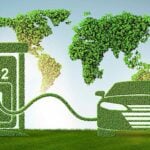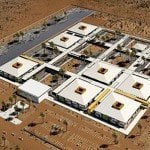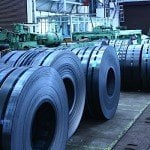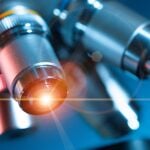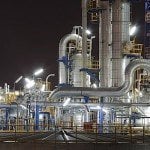Researchers at the Fraunhofer Institute for Solar Energy Systems in Germany announced that they have broken a previous record and created a solar cell with 44.7 per cent efficiency at converting sunlight into electricity, a new world record. The new type of solar cell uses four “subcells” in a multi-junction structure originally developed for use in space technology. Several cells made of different III-V semiconductor materials are stacked. Each subcell absorbs different wavelength ranges of the solar spectrum, adding up to a combined efficiency much greater than in conventional photovoltaic cells. The technology is known as concentrator photovoltaics (CPV). The previous record for efficiency was 43.6 per cent, achieved just a few months ago. The goal is to produce a cell that can reach 50 per cent efficiency, said to be the “holy grail” of PV researchers.
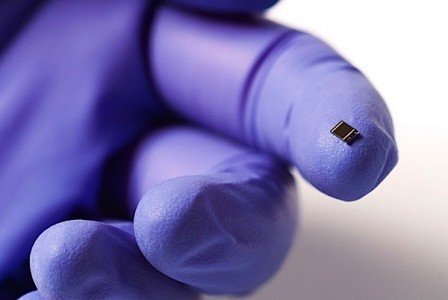
Frank Dimroth, Department Head and Project Leader at Fraunhofer said that besides the improved materials and optimization of the structure, a new procedure called “wafer bonding” played a central role. “With this technology, we are able to connect two semiconductor crystals, which otherwise cannot be grown on top of each other with high crystal quality. In this way we can produce the optimal semiconductor combination to create the highest efficiency solar cells.”
The solar cells developed in the Fraunhofer labs are manufactured by Soitec. A Soitec spokesman said that the relatively rapid progress from 43.6 per cent to 44.7 per cent efficiency in just four months “confirms the acceleration of the roadmap towards higher efficiencies” and reinforces the “extreme potential” and the credibility of the direct semiconductor bonding approach that they have developed with Fraunhofer.
In a separate development, researchers at an IBM facility in Switzerland also claim to have achieved the highest degree of efficiency in harnessing solar power. The Swiss method involves the use of concentrator mirror technology and photovoltaic cells of extremely high efficiency. A report from Switzerland on Al Jazeera says that the scientists hope to have a working model of the prototype within a year. A single PV system would produce enough power for ten homes. An array of several hundred could power a small town.




